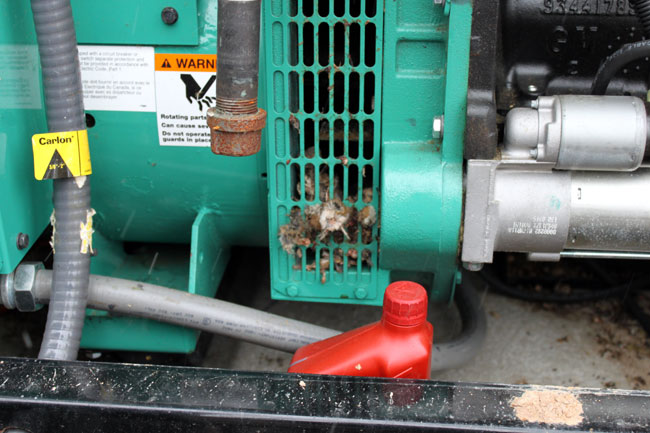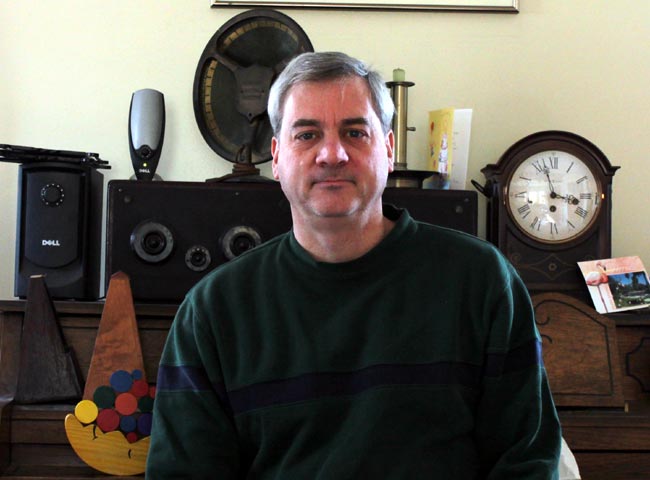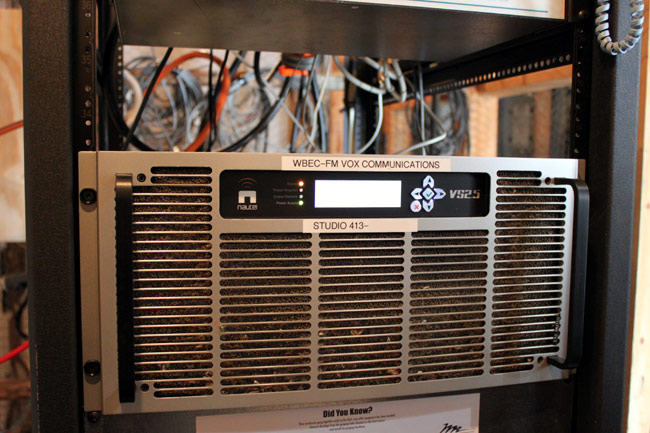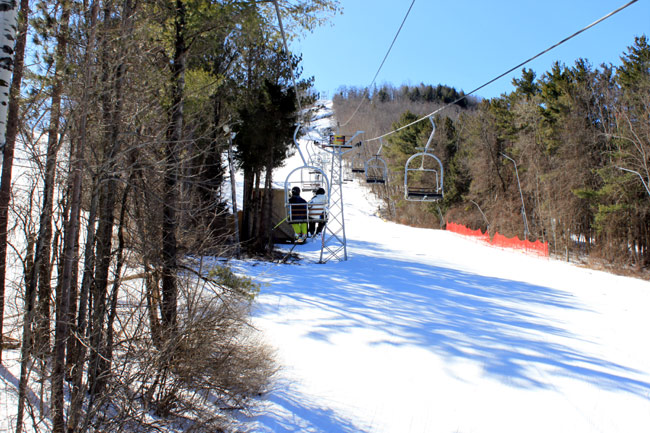Never a good mix, unfortunately, it usually turns out bad for the mice and sometimes the equipment. This is an Onan GGMA 20 KW propane generator installed in a rural area, not that the location matters that much. Mice will find what they perceive as a safe secure spot to hold up for the winter.

Unfortunately, the mice decided that the generator cooling fan was a good place to make a nest. It probably was until the generator started, then the mice had a quick lesson in centripetal force.

This will require some additional maintenance in the springtime when I change to oil. By that time, the carcasses should be mostly dried out and easier to deal with.

The mice are generally a nuisance, getting into ATU’s, transmitters, electrical panels, spare parts boxes, etc. Once in place, they begin to breed and reproduce. The gestational period for a mouse is 21 days, which means populations rapidly increase creating further problems. If left alone, mice will chew through electrical insulation, control wires, cardboard boxes, packing material, and so on. They tend to carry diseases like hantavirus and bubonic plague.
I don’t usually agree to using poison to get rid of pests, it tends to linger in the environment and accumulate up the food chain. However, judicious use of some type of poison is usually the only way to effectively get rid of a mouse infestation.
Wherever possible, make sure that all openings and holes into equipment and buildings are sealed up. Do not kill snakes and other predators, who will assist in keeping the mice in check. Employ traps and wear gloves when removing dead mice and mouse parts. Beware of fleas.




